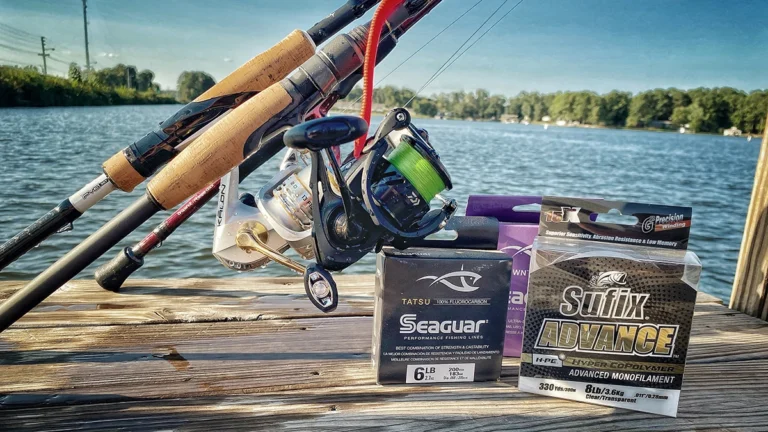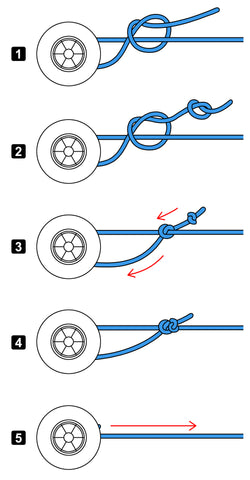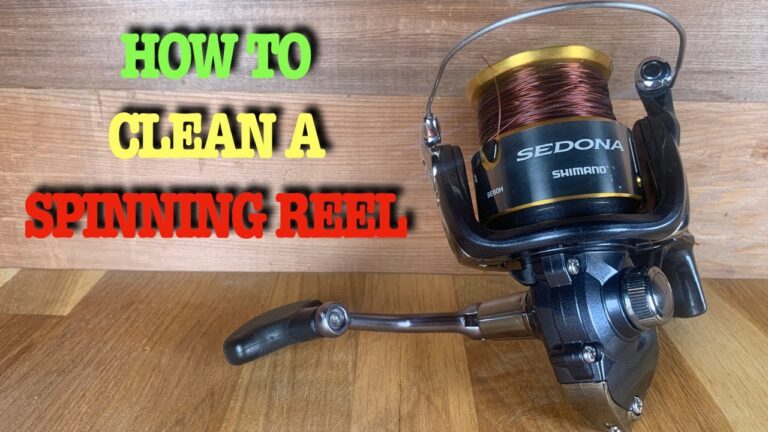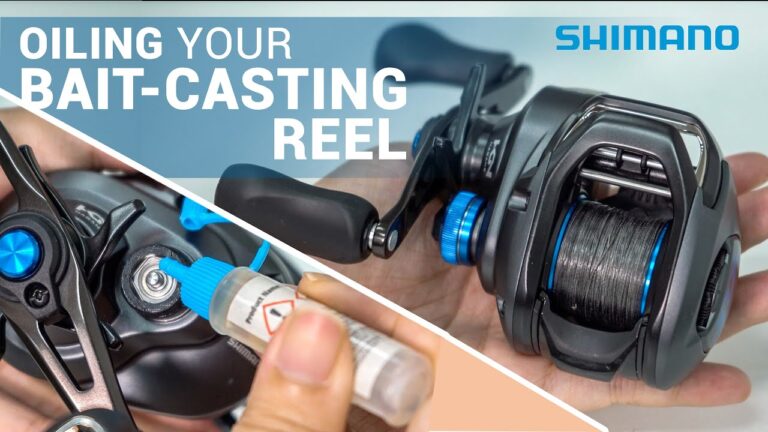How Do You Oil a Fishing Reel
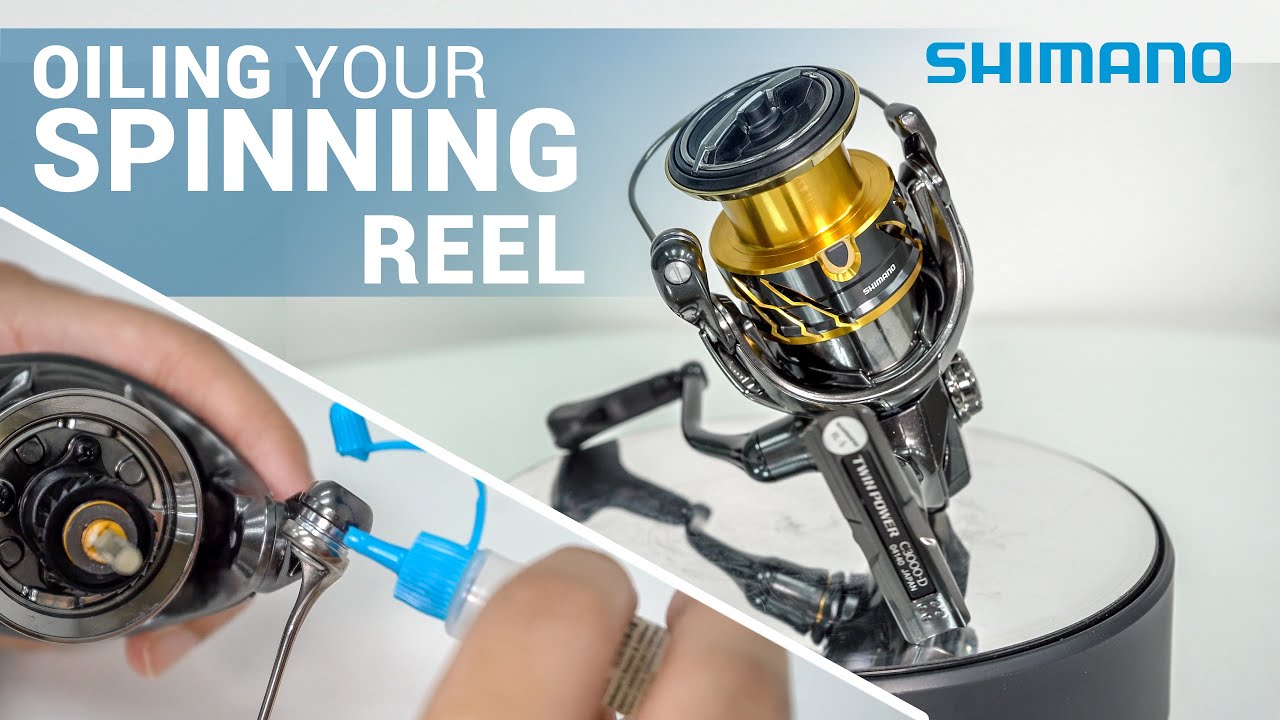
To oil a fishing reel, first, disassemble the reel and apply oil to each moving part. Use a few drops on gears and bearings for smooth operation.
Maintaining your fishing reel through regular oiling is essential for optimal performance and longevity. Over time, reels can accumulate dirt and debris, leading to corrosion and wear. Oiling your fishing reel not only ensures a smoother cast and retrieve but also protects its intricate parts against the harsh marine environment.
A well-lubricated reel can make the difference between a good fishing trip and a great one. It’s a simple task that any angler can perform, and doing so will keep your equipment functioning at its best. Remember to select the appropriate oil for your reel, as this will provide the right viscosity and protection needed for your specific type of fishing adventure.
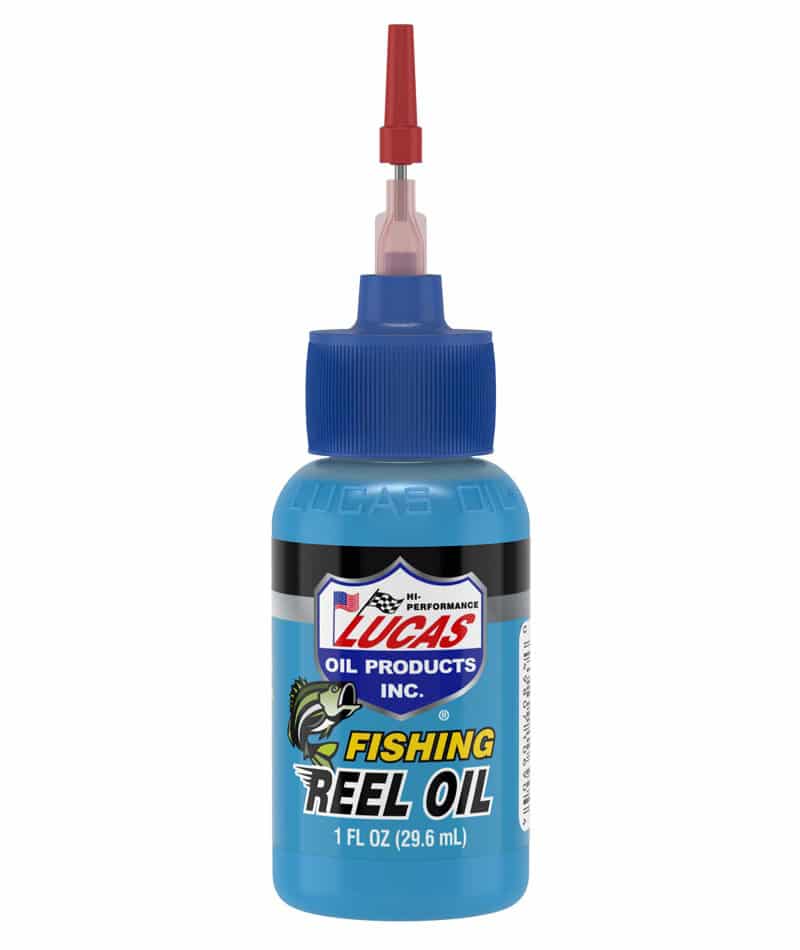
Credit: www.lucasoilcenter.com
The Importance Of Oiling A Fishing Reel
Oiling a fishing reel is crucial for its maintenance. A well-oiled reel fights against rust and damage. Over time, saltwater and dirt can harm the reel’s parts. Proper lubrication keeps these components smooth and functional. This process greatly reduces friction that can cause wear.
Regular oiling also boosts reel performance. A reel that works well helps with casting and reeling in fish. It also ensures that you can keep using your reel for a longer time. Good maintenance saves money on repairs or new purchases. To keep your fishing trips successful, maintain your gear well.

Credit: q20.co.za
Types Of Lubricants For Fishing Reels
Selecting the right lubricant for a fishing reel is crucial. Grease and oil are two common types. They both offer distinct pros and cons. Grease is thick and stays put, providing long-lasting protection. It works well for gears and drag systems. But, it can be too heavy for some parts. Oil, on the other hand, is lighter. It’s perfect for spool shafts and ball bearings. Yet, oil must be applied more frequently than grease.
It’s essential to choose lubricants designed for fishing reels. General-purpose products may damage your reel. Reel oil should be high-quality and resistant to cold and heat. Failure to use proper lubricants can lead to corrosion and performance issues. Always check the manufacturer’s guidelines to ensure optimal maintenance. Remember, using the proper lubricant keeps your reel smooth and functional for your fishing adventures.
Preparation Steps Before Oiling
Disassembling the reel components is the first crucial step. Ensure to separate each part with care. Keep them in an order that you’ll remember. This makes reassembly after oiling straightforward.
Cleaning prior to lubrication means removing any debris or old grease. Use a soft cloth and rubbing alcohol. For stubborn grime, a soft-bristled brush works well. Ensuring parts are clean promotes smooth action when reassembled.
Step-by-step Guide To Oiling
Oiling a fishing reel is vital for its performance and longevity. Start by gently disassembling the reel. Identify parts that need oil, like the spool shaft, handle knobs, and line roller. Use just a drop or two of oil on these areas.
Do not over-lubricate; it attracts dirt and can cause damage. Equally important, use oil designed for fishing reels to prevent corrosion. A small brush or toothpick can help you apply the oil precisely. After oiling, rotate the parts to ensure even distribution.
| Part | Oil Needed |
|---|---|
| Spool Shaft | 1-2 drops |
| Handle Knobs | 1 drop |
| Line Roller | 1 drop |
Reassembling Your Fishing Reel
After oiling your fishing reel, it’s essential to reassemble it correctly. Begin by confirming each part is securely fastened. Your fishing reel’s performance can affect your fishing results. Test for smooth operation by turning the handle. It should move easily, with no strange sounds.
Engage the drag system and make sure it releases line smoothly. If you notice resistance or jerking, remove the spool and apply a small amount of oil.
For optimal performance, fine-tuning after oiling is necessary. Spin the spool to check for even movement. Check each screw and bolt. Make sure they’re tight, but not too tight. Regular maintenance keeps your reel in top condition for your next fishing adventure.
Maintenance Schedule For Fishing Reels
Maintaining a fishing reel is crucial for its performance and longevity. A well-oiled reel should have a smooth operation. Regular oiling is recommended every two to three uses, or whenever it’s been exposed to a lot of dirt or moisture. Users should inspect their reel after each outing, ensuring no grime or saltwater has settled in.
Listen to your reel’s performance: odd noises or a feeling of grittiness can be tell-tale signs it needs oiling. Look for rust or corrosion around the moving parts. These are red flags. The reel’s action should feel seamless with no jerking motions when you cast or retrieve.
To keep your reel in top shape, mark your calendar for regular maintenance sessions, and don’t forget to check your reel more frequently if it’s used in harsh conditions.

Credit: www.takemefishing.org
Frequently Asked Questions For How Do You Oil A Fishing Reel
How Do You Lubricate A Fishing Reel?
To lubricate a fishing reel, start by disassembling it according to the manufacturer’s instructions. Apply reel grease to the gears and oil to bearings and moving parts. Reassemble your reel carefully, ensuring no excess lubricant that can attract debris.
Should You Oil Your Fishing Reel?
Yes, you should oil your fishing reel to maintain its smooth operation and extend its lifespan. Regular lubrication helps prevent corrosion and wear from frequent use.
What Kind Of Oil Do You Use On A Fishing Reel?
Use a lightweight, high-quality oil specifically designed for fishing reels. Synthetic oils work best for long-lasting lubrication and protection against corrosion. Avoid using heavy oils or greases that can attract dirt and debris.
Is It Ok To Use Wd-40 On Fishing Reel?
Using WD-40 on a fishing reel is not recommended as it can degrade the lubricants specifically designed for reel components. Opt for a proper reel oil or grease for maintenance.
Conclusion
Maintaining your fishing reel through proper oiling is vital for peak performance. By following the straightforward steps outlined, you can prolong your reel’s life and enjoy a smoother fishing experience. Remember to oil regularly and use the right lubricants. Now, you’re ready to cast your line with confidence, reeling in those big catches with ease.
Happy fishing!

